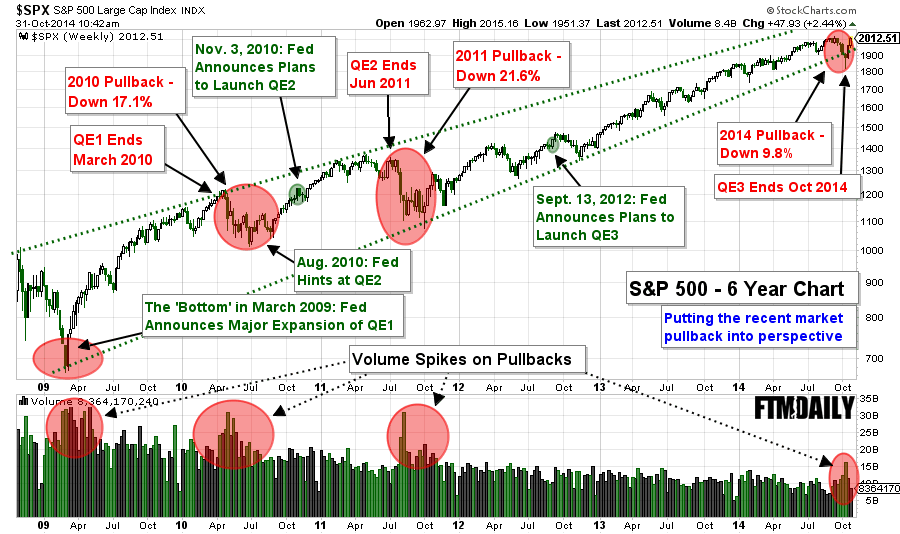As the odds of a rate hike by the US Federal Reserve slips away, so does the hawkish rhetoric from the central bankers as the market starts to realise that the jig is up.
The past month has seen the Federal Reserve on a public relations blitz, like nothing I have ever witnessed in my time covering the capital markets. Despite the obvious attempt to impact market expectations, the recent rhetoric clearly took a more dovish tone, albeit one that still hinted at the chance of a rate rise for 2015. However, the shell game might finally be up as central banks around the world start to take decisive action ahead of any potential move by the Fed.
The reality is that central bankers around the world have been closely watching US developments for some time as they look for passive ways to depreciate their respective currencies. The commonly held view was that the US Federal Reserve would hike rates and alleviate any need for other central bankers to cut rates. However, the Fed’s hawkish rhetoric is in doubt, as China’s PBOC fires the first shot by cutting interest rates to 1.50%.
Subsequently, China’s decisive move is likely to forestall the current wait and see policy that most Asian nations are employing. It is highly probable that a range of central bankers will now take action to loosen their monetary policy and depreciate their currencies. In particular, Thailand and Malaysia will now be faced with the need to consider their monetary policy given the hit that any CNY depreciation would pose to their exports. So by relying upon the Fed to effect a depreciation much of Asia is now facing rate cuts prior to Christmas.

The closely held view by a vast majority of market pundits and economists for some time has been that the latter part of 2015 would see a rate hike by the Fed. This view has been largely formed by the hot air escaping from the raft of FOMC members prevaricating to the media. The Fed has clearly formed a bubble of expectations that a rate hike would be forthcoming. However, the probability now is miniscule given the global economic conditions (that were forecast some months ago).
The Fed’s real reason for the continual drive to alter expectations is the fact that they have a problem on their hands in US equities. Successive rounds of Quantitative Easing have fuelled a speculative bubble in the markets, which have continued on an almost linear rise. Stock valuations are through the roof and the Fed is starting to become very concerned that a sharp correction could form a real risk to the US financial system. The reality is they are attempting to let some pressure out of the market in the hope that they need not normalise rates.
Ultimately, we are faced with a US central bank that has lost all credibility as the hot air evaporates from their “case” for a rate rise. Look for them to continue prevaricating in the coming months as they soften their rhetoric and then point to some market event as the reason why they were unable to raise rates.
